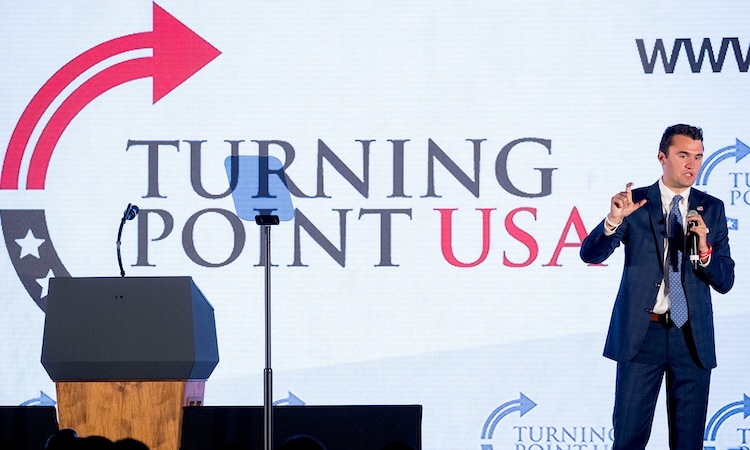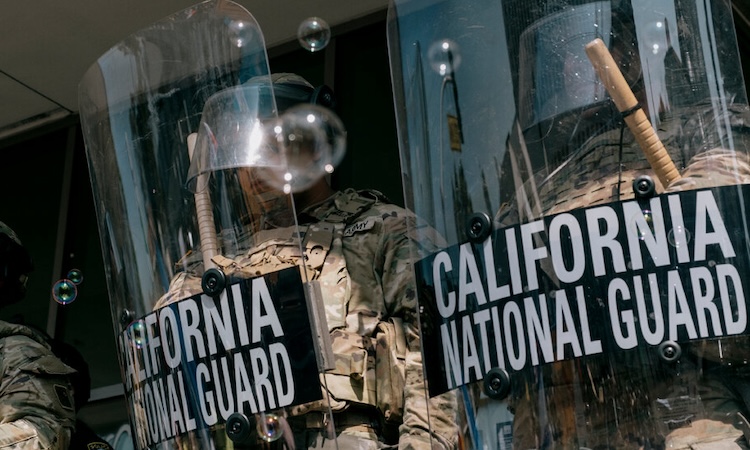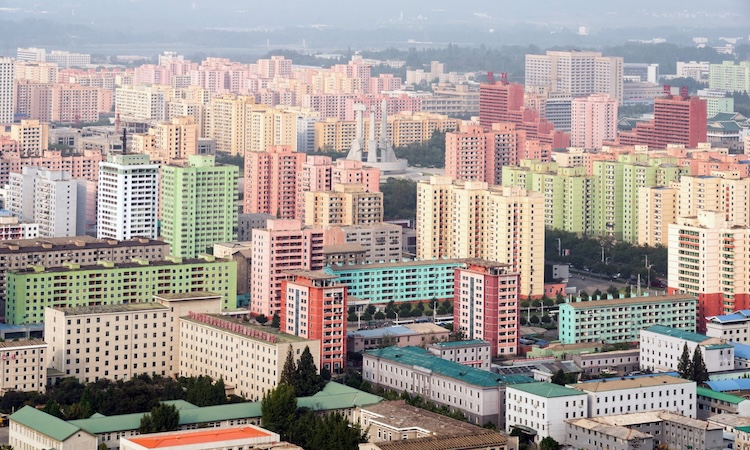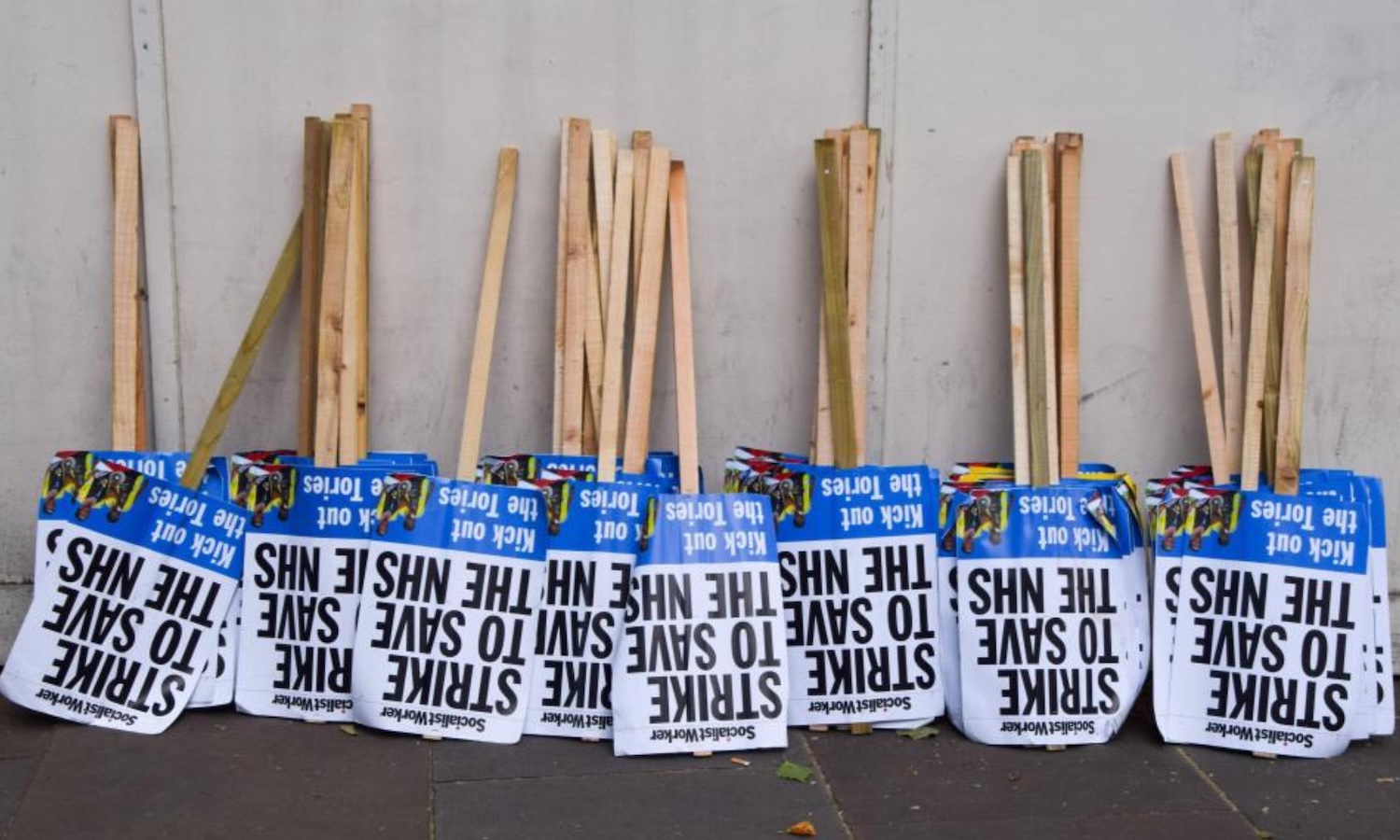The US city of Baltimore erupted in rage recently, after decades of economic decline, impoverishment of the working class and police brutality against workers and minorities culminated in the death of 25-year-old Freddie Gray at the hands of the city’s police force.
On 27 April, following the funeral for Freddie, thousands united in the most deprived parts of Baltimore and took to the streets in a torrent of anger at the conditions imposed on them by the imperialist state and its brutal, racist police.
Moreover, the people’s struggle was sufficiently strong and tenacious as to force the filing of charges and subsequent indictment of the six officers directly responsible for Gray’s death – an initial victory denied to countless other African American victims of the US state in both the recent and not so recent past.
Freddie Gray – a life unlived
On 12 April, Freddie Gray was in his own community, doing nothing more than talking to a friend when, moments later, he found himself being pursued by three police officers for what would be the final moments of his life. The reasons, if any, for the pursuit remain unclear – the best reason that has so far been offered by Baltimore Police Department (BPD) for the chase is that Freddie made ‘eye contact’ with one of their cops.
What is known, largely thanks to the selectively informative media, is that Gray was known to the police for previous drug possession charges, with one related sentence. And the city police have been eager to point out that the West Baltimore area is one of ‘high crime’ (by which they mean it has obscenely high arrest and incarceration rates), paving the way for yet another corporate justification for yet another racist murder.
However, a close friend of Gray’s, Michael Robertson, has described how Freddie had a history of the police beating him, something that, not surprisingly, led to his attempt to flee from the police pursuit.
It has since turned out that Freddie’s ‘arrest’ was unlawful, since the police had no basis for believing any crime had been committed. Since the all-too-common event of a police kidnapping led to the ending of yet another young and under-fulfilled life, and since the victim of this crime has been unhesitatingly smeared by both police and city government officials, this fact has only compounded the sense of injustice and the rage felt by the local community.
The truth is that Gray was like more or less any other young, black male living in the most impoverished parts of one of the US’s richest states; simply doing whatever he could to survive in an extremely hostile climate. As a young, poor, black male worker, he was given no choice but to be treated as an enemy by the US capitalist state and its racist police.
Poverty in Baltimore
Baltimore exemplifies the grim reality of imperialist capitalism: a gargantuan concentration of wealth on one side, misappropriated directly from the masses of working-class families on the other, who are unconditionally bound to lives of misery and destitution. Life in the city is marked by the most gross disparities.
Median household income in Baltimore stands at just over $40,000, some $10,000 lower than the national average and $30,000 lower than in the state of Maryland as a whole (Baltimore is the state’s largest city). Unemployment also stands well above the state average. Officially, the figure is 8 percent, but, studies have shown that in reality some 46 percent of Baltimore working-age people are without a job. (See Fact check: Gansler’s dramatic line on unemployment in Baltimore by Jenna Johnson, Washington Post, 14 May 2014)
Unsurprisingly, at least 25 percent of the city’s residents live below the poverty line, including more than a third of all its children.
As a result of all this poverty, vacant housing is 5 percent higher than the US average, standing at nearly a fifth of all homes. And as a consequence, homelessness has increased by more than 50 percent since 2003. Families with children make up almost half of the sheltered population, with over 80 percent being single mothers and their children.
In a city where around two thirds of the population is African American, these figures yet again highlight the inherently racist character of US capitalism.
Over 90 percent of the population in Freddie’s neighbourhood of Sandtown is African American. Unemployment there stands at a staggering 25 percent officially (the mind boggles at what the real rate must be) and over 50 percent of households have an income that is less than half the level of the poverty line.
Throughout Baltimore, official youth unemployment stands at over a third. The rate of poverty among African Americans is double that for white Americans, whilst black household income on average is half. Over 80 percent of homeless people in the city are African Americans.
In light of the above, it is not at all surprising that the most vocal and angry protests following Freddie’s murder should have occurred in the areas of the most severe racial and class oppression. Nor is it surprising that the state authorities were fast to deploy both police and military forces in a bid to keep the people down.
The workers united will never be defeated
What needs to be learned from this is that, in their struggle for emancipation, the working people will always equally be confronted by the unyielding violence of imperialism – through its police and army, or by any means necessary. We must never forget that this is the same imperialist beast that thinks nothing about sanctioning vital food and materials to millions of people worldwide, of ordering drone strikes in civilian populated areas, of funding and supporting psychotic jihadists to overthrow legitimate and progressive governments, or of launching full-scale military invasions all over the oppressed world.
But this violence can only work so long as we remain intimidated and so long as the state can retain the loyalty of its workers in police and army uniforms.
What is becoming increasingly clear is that growing numbers of workers in the imperialist heartlands are refusing any longer to be cowed by the permanent presence of paramilitary police squads in their neighbourhoods. In recent years, we have seen uprisings by poor working-class youth in cities across Britain, France and the US – each time sparked by brutal policing, and in each case built on smouldering indignation engendered by a lifetime of neglect and poverty.
It is for precisely these reasons that the rebellion by the workers of Baltimore is justified. And why it needs to be carried forward into a conscious movement to overthrow imperialism once and for all and to build socialism. There are those who claim that there is no potential for revolution in the imperialist countries, but the truth is that many of the poorest communities in Britain, France, the US etc are powder-kegs of frustration and rage, just waiting to be set alight.
What is lacking is the communist science and organisation that will allow these communities to transform their energy from a passing forest fire whose energy is soon spent into an unstoppable inferno that will be capable of burning the whole edifice of imperialism to the ground.
In particular, the working class needs to learn not to let the bourgeoisie divide it into ‘respectable’ haves – those lucky enough to have employment with a wage commensurate with a decent standard of life – and the ‘disreputable’ ones who are not so lucky, a disproportionate number of whom are, for historical reasons, black. The proletariat must learn class solidarity if it is to stand a chance of overcoming imperialism, and one of the important jobs of communists is to help our class to absorb this understanding.
The imperialists may do their best to crush all opposition in blood, but, in world-historic terms, it is the workers who are on the rise and the imperialists who are in decay – clutching at what time is left before their system is finally toppled.
In the words of the great Chairman Mao:
“The black masses and the masses of white working people in the United States have common interests and common objectives to struggle for. Therefore, the Afro-American struggle is winning sympathy and support from increasing numbers of white working people and progressives in the United States.
“The struggle of the black people in the United States is bound to merge with the American workers’ movement, and this will eventually end the criminal rule of the US monopoly capitalist class …
“The struggle of the black people in the United States for emancipation is a component part of the general struggle of all the people of the world against US imperialism, a component part of the contemporary world revolution.
“I call on the workers, peasants, and revolutionary intellectuals of all countries and all who are willing to fight against US imperialism to take action and extend strong support to the struggle of the black people in the United States! People of the whole world, unite still more closely and launch a sustained and vigorous offensive against our common enemy, US imperialism, and its accomplices!
“It can be said with certainty that the complete collapse of colonialism, imperialism, and all systems of exploitation, and the complete emancipation of all the oppressed peoples and nations of the world are not far off.” (A new storm against imperialism, Statement by Comrade Mao Zedong, Chairman of the Central Committee of the Communist Party of China, in support of the Afro-American struggle against violent repression, 16 April 1968)
















